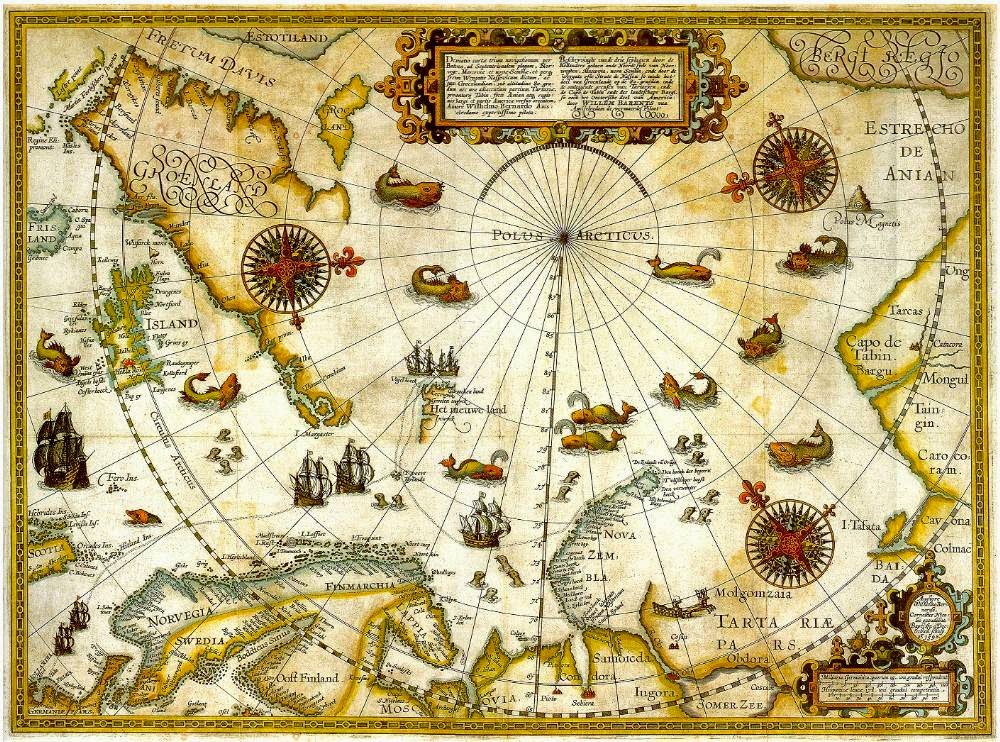
THE UNIVERSE

G.K for preparing Competitive Examinations..

* First India bank Got ISO : Canara Bank
* First Governor of RBI : Mr. Osborne Smith
* First Indian governor of RBI : Mr. C D Deshmukh
* First Bank to Introduce ATM in India : HSBC
* First Bank to introduce savings : Presidency bank in 1833
* First Bank to Introduce Cheque system : Bengal Bank 1784
* First Bank to introduce Internet Banking : ICICI BANK
* First Bank to introduce Mutual Fund : State Bank of India
* First Bank to introduce Credit Card : Central Bank of India
* First Foreign Bank in India : Comptoire d’Escompte de Paris of France in 1860
* First Joint Stock Bank of India : Allahabad Bank
* First Bank that is oldest Public Bank in India :Allahabad Bank
* First Indian bank to open branch outside India in London in 1946 : Bank of India
* First Indian Bank started with Indian capital / indigenous Bank of India : Punjab National Bank
* First Regional Rural Bank name Prathama Grameen Bank – Was started by : Syndicate Bank
* First Bank to launch branch in foreign was “Bank of India” in 1946 in London UK.
* First bank to Introduce Credit card in India was Central Bank of India With “Central Card” 1980.
* First Bank to introduce Debit Card in India was Citi Bank In Bangalore in 1987
=========================================
The Jan Lokpal Bill
The Jan Lokpal Bill, is an anti-corruption bill drafted and drawn up by civil society activists in India seeking the appointment of a Jan Lokpal, an independent body to investigate corruption cases. This bill also proposes improvements to the Lokpal and Lokayukta Bill 2011, which was to be passed by Lok Sabha in December 2011.
The Jan Lokpal Bill aims to effectively deter corruption, compensate citizen grievances, and protect whistle-blowers. The word Lokpal was coined in 1963 by late Mr. L.M. Singhvi, a member of parliament during a debate.
The Lokpal Bill was first introduced by Adv. Shanti Bhushan in 1969 and passed by the 4th Lok Sabha in 1969.
The bill was tabled in the Lok Sabha on 22 December 2011 and was passed by the house on 27 December 2011 as The Lokpal and Lokayuktas Bill, 2011. The bill was subsequently tabled in the Rajya Sabha on 29 December 2011. On 21 May 2012, the bill was referred to a Select Committee of the Rajya Sabha for consideration.
The bill was passed in the Rajya Sabha on 17 December 2013 after making certain amendments to the earlier Bill and in the Lok Sabha on 18 December 2013. The Bill received assent from President Pranab Mukherjee on 1 January 2014 and came into force from 16 January 2014.
A focused campaign “India Against Corruption” (IAC) was started in 2011. Anna Hazare is the head of civil society and the IAC movement. Through these collaborative efforts till August 2011, IAC was able to upload the 23rd version of the Jan Lokpal Bill draft. As of January 2014, the Delhi State Government led by CM Arvind Kejriwal was preparing to adopt the Jan Lokpal Bill, but was unable to introduce it to the house.
The first version of the Lokpal Bill drafted by the Government of India headed by United Progressive Alliance in 2010 was considered ineffective by anti-corruption activists from the civil society. These activists, under the banner of IAC, came together to draft a citizen’s version of the Lokpal Bill later called the Jan Lokpal.
Public awareness drives and protest marches were carried out to campaign for the bill. However, public support for the Jan Lokpal Bill draft started gathering steam after Anna Hazare, a Gandhian announced that he would hold an indefinite fast from 5 April 2011 for the passing of the Lokpal/ Jan Lokpal bill. The government has however accepted it.
7 Dangerous acts after a meal which can make you life too much unhealthy ?
If not then read it and make ur life like super hero.
1. Don’t smoke ==>> Experiments from experts proves that smoking a cigarette after meal is comparable to smoking 10 cigarettes (chances of cancer is higher)
2. Don’t eat fruits immediately — Immediately eating fruits after meals will cause stomach to be bloated with air. Thre fore take fruits 1 -2 hours after meal or 1 hour before meal.
3. Don’t drink tea ==>> Because tea leaves contain a high content of acid. This substance will cause the protein content in the food we consume to be hundred thus difficult to digest.
4. Don’t loosen your belt ==>> Loosening the belt after meal will easily cause the intestine to be twisted and blocked.
5. Don’t bathe ==>> Bathing after meal will cause the increase of blood flow to the hands, legs and body thus the amount of blood around the stomach will therefore decrease, this will weaken the digestive system in our stomach.
6. Don’t walk about- ==>>People always say that after a meal walk a hundred steps and you will live till 99. In actual fact this is not true. Walking will cause the digestive system to be unable to absorb the nutrition from the food we intake.
7. Don’t sleep immediately ==>>The food we intake will not be to digest properly. Thus will lead to gastric and infection in our intestine.
Please forward it to your friends let them be aware….
Be Healthy….
Important Geographical Discoveries

1. America – Christopher Columbus (Italian)
2. Sea Route To India – Vasco Da Gama (Portuguese)
3. China – Marco Polo
4. New Foundland – John Cabot (British)
5. Brazil – Pedro Alvarez Cabral (Portuguese)
6. The Island of Tasmania And New Zealand – Tasman (Dutch)
7. Hawaiian Islands – Captain Cook (Britain)
8. North Pole – Robert Peary (USA)
9. South Pole – Amundsen (Norway)
10. Suez Canal – Ferdinand De Lesseps
11. Victoria Falls – David Livingston (British)
12. Cape of Good Hope – Bartholomew Diaz (Portuguese)
13. Greenland – Norseman Eric
14. North America – Leif Ericsson
15. Niger River – Mungo Park
16. Lake Tanganyika – Richard Francis Burton
17. Hudson Bay – Henry Hudson
18. Mount Everest – Edmund Hillary




